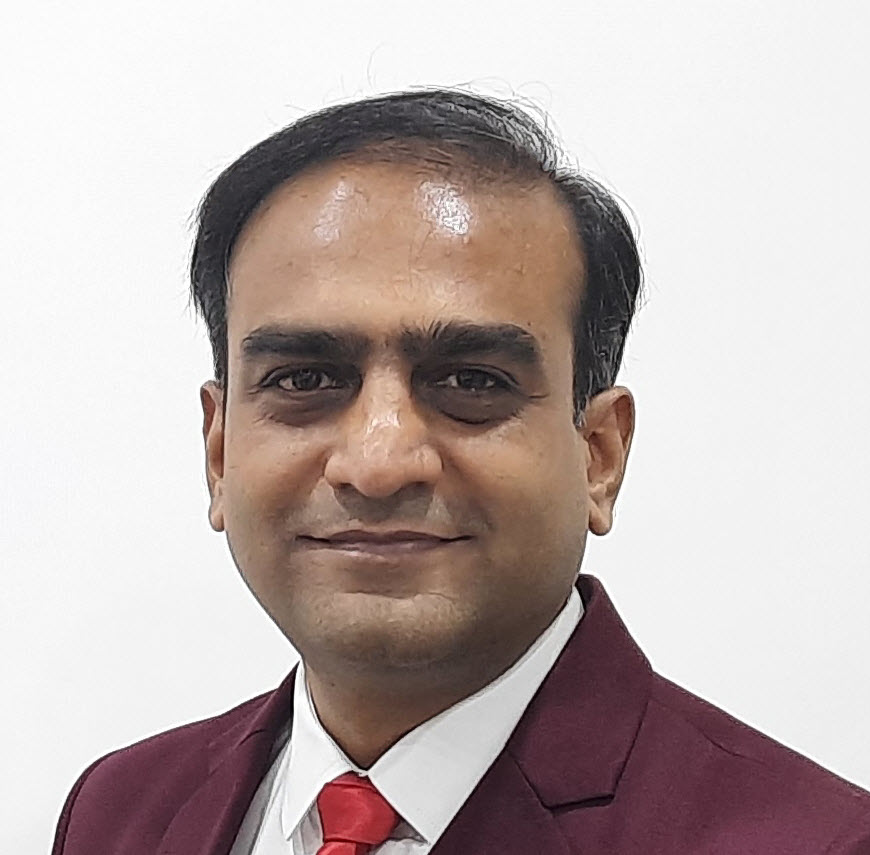
Table of Contents
How to Install a Reverse Osmosis Plant for Industrial and Commercial Setup?
October 6, 2024
In today’s world, the demand for clean and safe water is on the rise, not just for domestic purposes but also for industrial and commercial use. One of the most effective methods to achieve high-quality water treatment is by installing a Reverse Osmosis (RO) Plant. Whether you’re setting up a commercial RO system for a business or an industrial RO plant for manufacturing processes, the installation process requires careful planning and execution. This article will walk you through the steps, costs, and essential information on how to successfully install a reverse osmosis plant for industrial and commercial purposes.
1. Understanding Reverse Osmosis Technology
Before diving into the installation process, it’s important to understand what Reverse Osmosis (RO) technology is. RO is a water purification process that removes contaminants from water by using pressure to force it through a semi-permeable membrane. The system effectively filters out large molecules and impurities, providing high-quality, purified water. This technology is widely used in both commercial and industrial settings due to its efficiency and effectiveness.
2. Key Components of a Reverse Osmosis Plant
For both industrial RO plants and commercial RO systems, the primary components remain the same, although the size and capacity will vary. Key components include:
- RO Membrane: The semi-permeable membrane that filters impurities.
- Pressure Pumps: These pumps apply the pressure needed to force water through the membrane.
- Pre-treatment Units: These are used to remove larger particles and protect the RO membrane.
- Post-treatment Units: These units may include UV filters or chemical treatment to ensure the water is completely safe for use.
- Storage Tanks: Depending on your water consumption needs, storage tanks are necessary to hold purified water.
3. Industrial vs. Commercial RO Plants
The installation process and scale of an industrial RO plant differ significantly from a commercial RO plant. Commercial RO plants are typically used in hotels, schools, hospitals, or small businesses that require clean drinking water. Industrial RO plants, on the other hand, are used in industries such as food and beverage manufacturing, pharmaceuticals, and chemical processing where large volumes of purified water are needed.
Here’s a comparison of key factors:
- Capacity: Industrial systems have a much higher capacity than commercial ones.
- Customization: Industrial RO plants are often customized to meet the specific water needs of the manufacturing process.
- Cost: Naturally, the RO plant setup cost for industrial use is significantly higher than for commercial use due to its scale and complexity.

4. Factors to Consider Before Installing a Reverse Osmosis Plant
Several factors need to be considered before installing an RO plant, whether it’s commercial or industrial:
- Water Source: The quality and type of water source (municipal, borewell, or surface water) will determine the type of pre-treatment required.
- Water Consumption Needs: Calculate how much water your business or industry will need daily. This will help you decide the capacity of your RO plant.
- Space Availability: Ensure you have enough space for the equipment, especially for larger industrial systems.
- Budget: The initial RO plant investment includes purchasing the equipment, installation, and ongoing maintenance costs.
- Regulatory Compliance: Ensure that your plant complies with local water treatment regulations.
5. Steps to Install a Commercial or Industrial RO Plant
The installation process can be broken down into several key steps:
Step 1: Site Assessment and Feasibility Study
Before installing an RO plant, a site assessment is essential. This involves evaluating the water quality, checking the available space, and understanding the water demand. For industrial purposes, you may need to consult with an industrial RO system supplier to customize the setup according to your needs.
Step 2: Selecting the Right RO System
Once you’ve assessed your requirements, you’ll need to select the right RO system. Depending on your business, you may need to purchase from an industrial RO plant manufacturer or a commercial RO plant exporter. Make sure to choose a best-quality industrial RO plant to ensure long-term durability and effectiveness.
Step 3: Pre-Treatment Setup
For both commercial RO plants and industrial RO systems, pre-treatment is crucial to protect the RO membrane from fouling and damage. This may include filtration systems, water softeners, or chemical dosing units to remove larger particles and balance the water chemistry.
Step 4: RO Unit Installation
This involves setting up the RO membrane, pumps, and other system components. A professional team from the commercial RO plant supplier or industrial RO system manufacturer typically handles this step to ensure proper installation.
Step 5: Post-Treatment Setup
Once the water has passed through the RO membrane, additional post-treatment steps may be required. For example, industrial RO water purifier systems often include UV filters to kill any remaining bacteria or viruses.
Step 6: Testing and Calibration
After the installation, it’s essential to run a full test of the system. Ensure that water is being purified as expected, and check the pressure levels, flow rates, and efficiency. Calibration might be needed to optimize performance, especially for industrial RO plants that require a high level of precision.
6. RO Plant Setup Cost and Investment
The RO plant setup cost can vary widely depending on whether you’re setting up a commercial RO plant or an industrial RO plant. Here’s a general breakdown of the costs:
- Commercial RO Plant: The initial cost for a commercial system can range from $10,000 to $100,000, depending on capacity and additional features like automation or remote monitoring.
- Industrial RO Plant: Industrial systems are more expensive, with prices starting at $100,000 and potentially reaching millions, depending on size and complexity. The RO plant investment includes not only the cost of machinery but also installation, labor, and pre-treatment/post-treatment systems.

7. Maintenance and Operating Costs
While the initial setup cost is significant, ongoing maintenance and operation also require budgeting. Regular maintenance involves changing the filters, cleaning the membrane, and checking for any leaks or pressure imbalances. Neglecting maintenance can reduce the system’s efficiency and lead to costly repairs down the line.
8. Working with RO Plant Suppliers and Consultants
To ensure you get the best system, it’s a good idea to work with an industrial RO plant consultant or a commercial RO plant supplier. These professionals can guide you through the entire process, from selecting the right system to ensuring compliance with local regulations. Additionally, partnering with a commercial RO plant supplier helps in sourcing high-quality components and timely maintenance services.
9. Water Quality Standards and Regulations
Both industrial and commercial RO plants need to comply with water quality standards. In most cases, this involves meeting local government or industry-specific regulations on water purity and waste management. Non-compliance can result in fines or even the closure of your operations.

10. Benefits of Reverse Osmosis Systems
There are numerous advantages to using RO systems for water treatment:
- Cost-Effective: Once installed, RO systems provide a long-term, cost-effective solution to water purification.
- Environmental Impact: RO systems produce less waste compared to other water treatment methods.
- Scalability: Both commercial reverse osmosis systems and industrial RO systems can be scaled to meet the growing demands of your business.
Reverse Osmosis Plant Stainless Steel
Capacity: 1000 LPH to 50,000 LPH
(USD 4,500 to USD 10,700)
Conclusion
Installing a reverse osmosis plant for industrial or commercial use is a substantial investment but a necessary one for businesses that require high-quality water. By following the steps outlined above and partnering with experienced suppliers and consultants, you can ensure the successful installation and operation of your RO plant. Whether you’re dealing with a small commercial setup or a large-scale industrial project, understanding the costs, components, and maintenance involved is key to making an informed decision.
About Author

Director – Global Marketing and Sales
Mr. Bhavesh from Dharmanandan Techno Projects Pvt. Ltd. has played a pivotal role in elevating the DTPPL brand to the global stage, leveraging his exceptional expertise in marketing and communications. He is committed to helping clients achieve significant growth while strengthening their own brands. Dharmanandan Techno Projects Pvt. Ltd. is a leading manufacturer and supplier of water purification systems and turnkey solutions for mineral water plants. With years of experience in designing and delivering high-quality water treatment solutions, the company provides end-to-end services, including system design, installation, maintenance, and ongoing support. Specializing in scalable and customizable water plants, DTPPL has successfully served industries worldwide, ensuring clean and safe drinking water across diverse applications.




